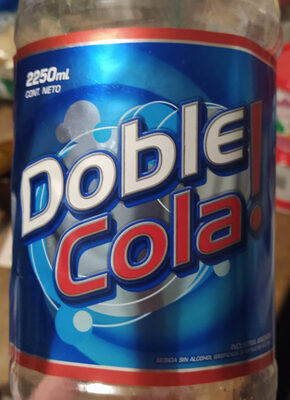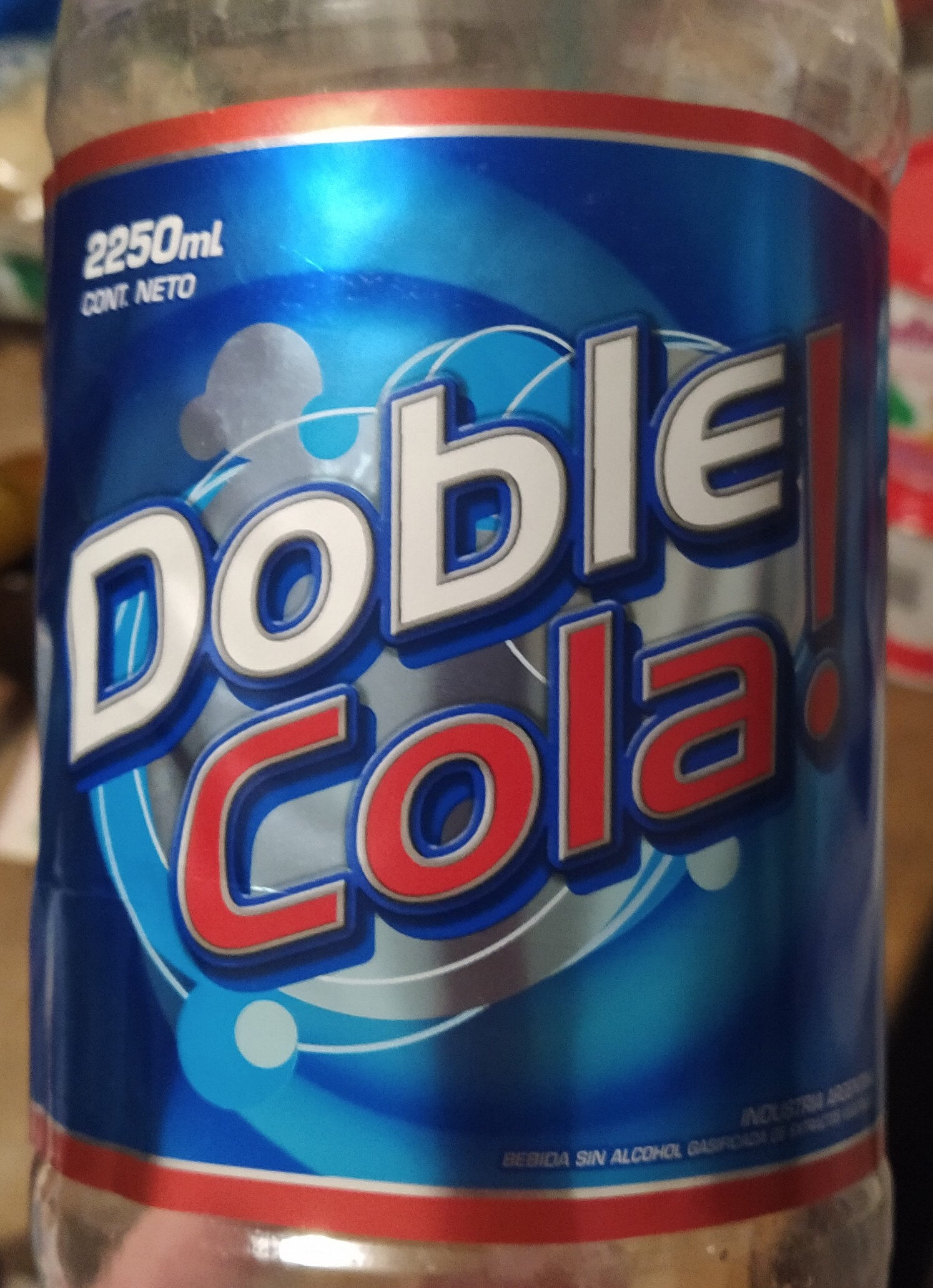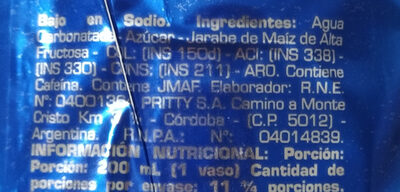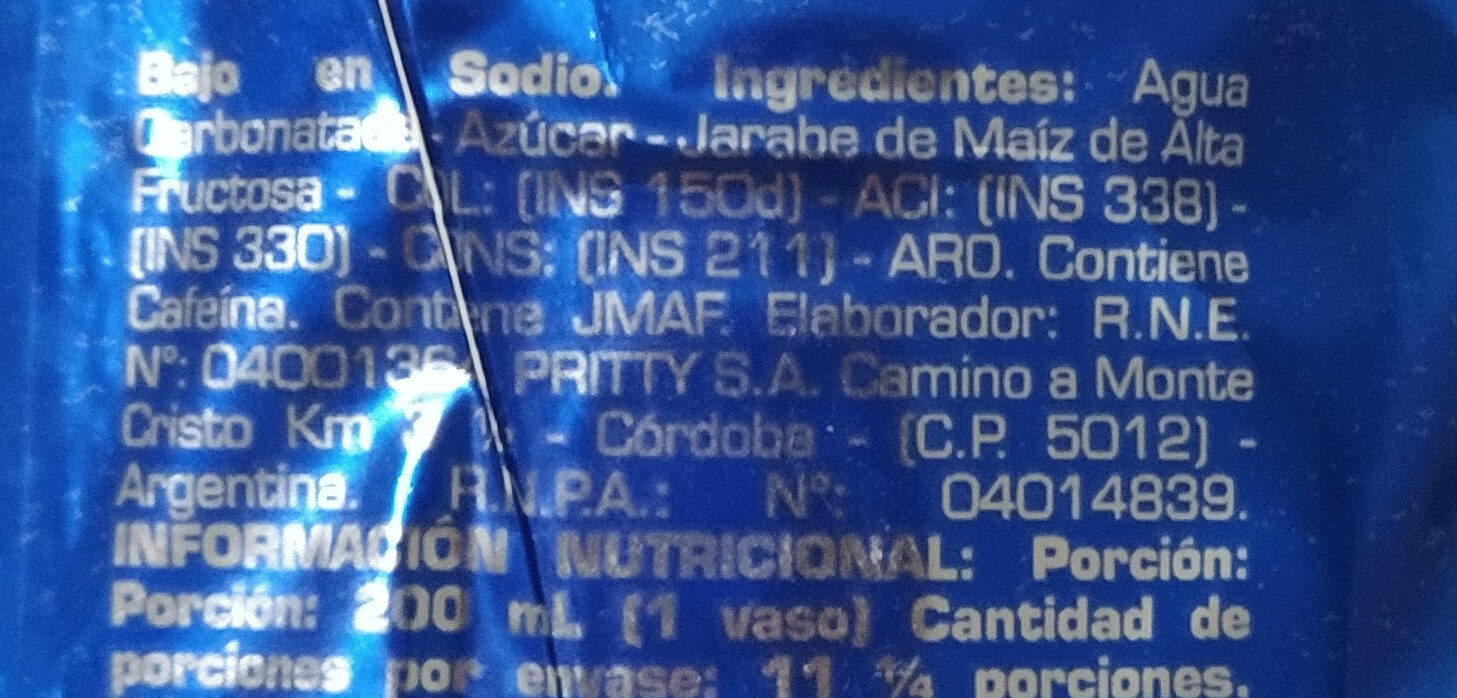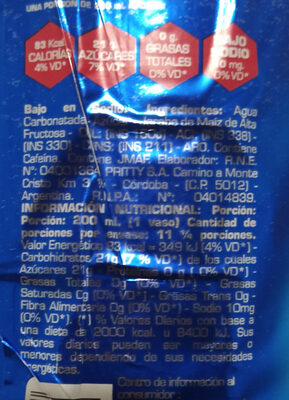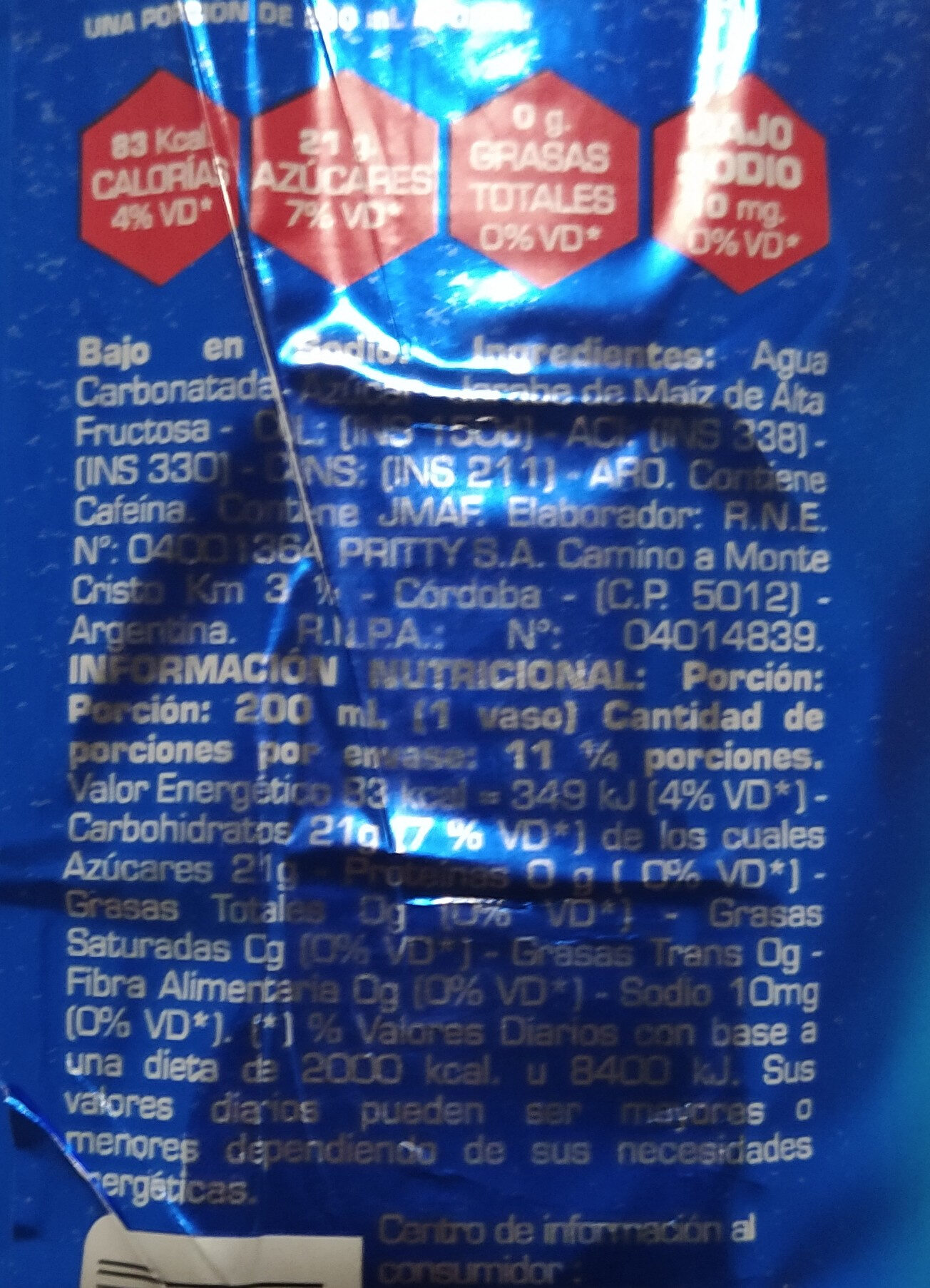Doble Cola! - 2250 ml
This product page is not complete. You can help to complete it by editing it and adding more data from the photos we have, or by taking more photos using the app for Android or iPhone/iPad. Thank you!
×
Barcode: 7791913001859 (EAN / EAN-13)
Common name: Bebida sin alcohol gasificada con extractos Vegetales
Quantity: 2250 ml
Brands: Doble Cola
Categories: Beverages, Carbonated drinks, Sodas, Sweetened beverages
Origin of ingredients: Argentina
Manufacturing or processing places: Córdoba, Argentina
Traceability code: RNE 04001364
Link to the product page on the official site of the producer: http://www.pritty.com.ar
Stores: supermercado disco
Countries where sold: Argentina
Matching with your preferences
Environment
Packaging
Transportation
Report a problem
Data sources
Product added on by sharechk
Last edit of product page on by packbot.
Product page also edited by openfoodfacts-contributors.
